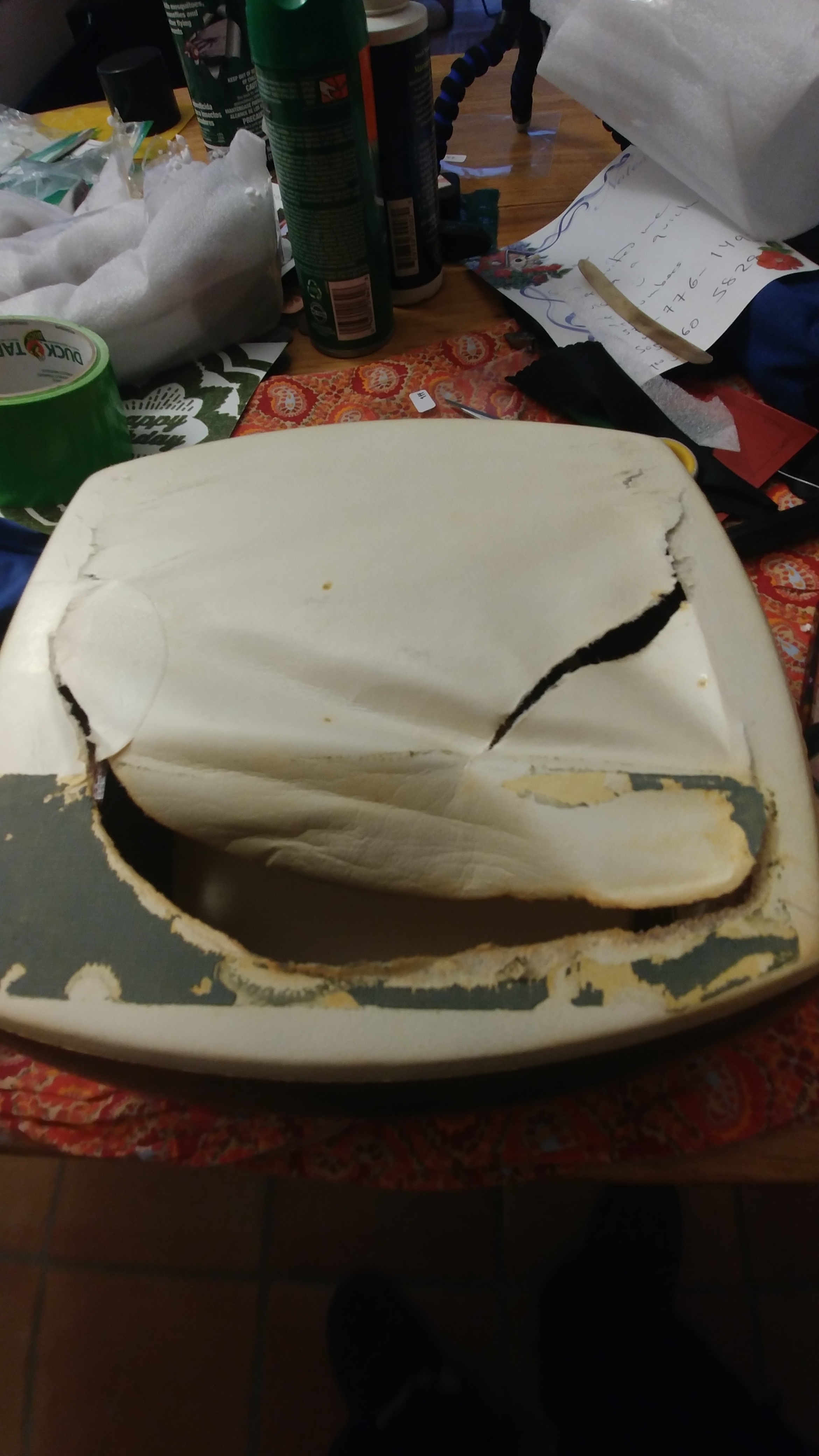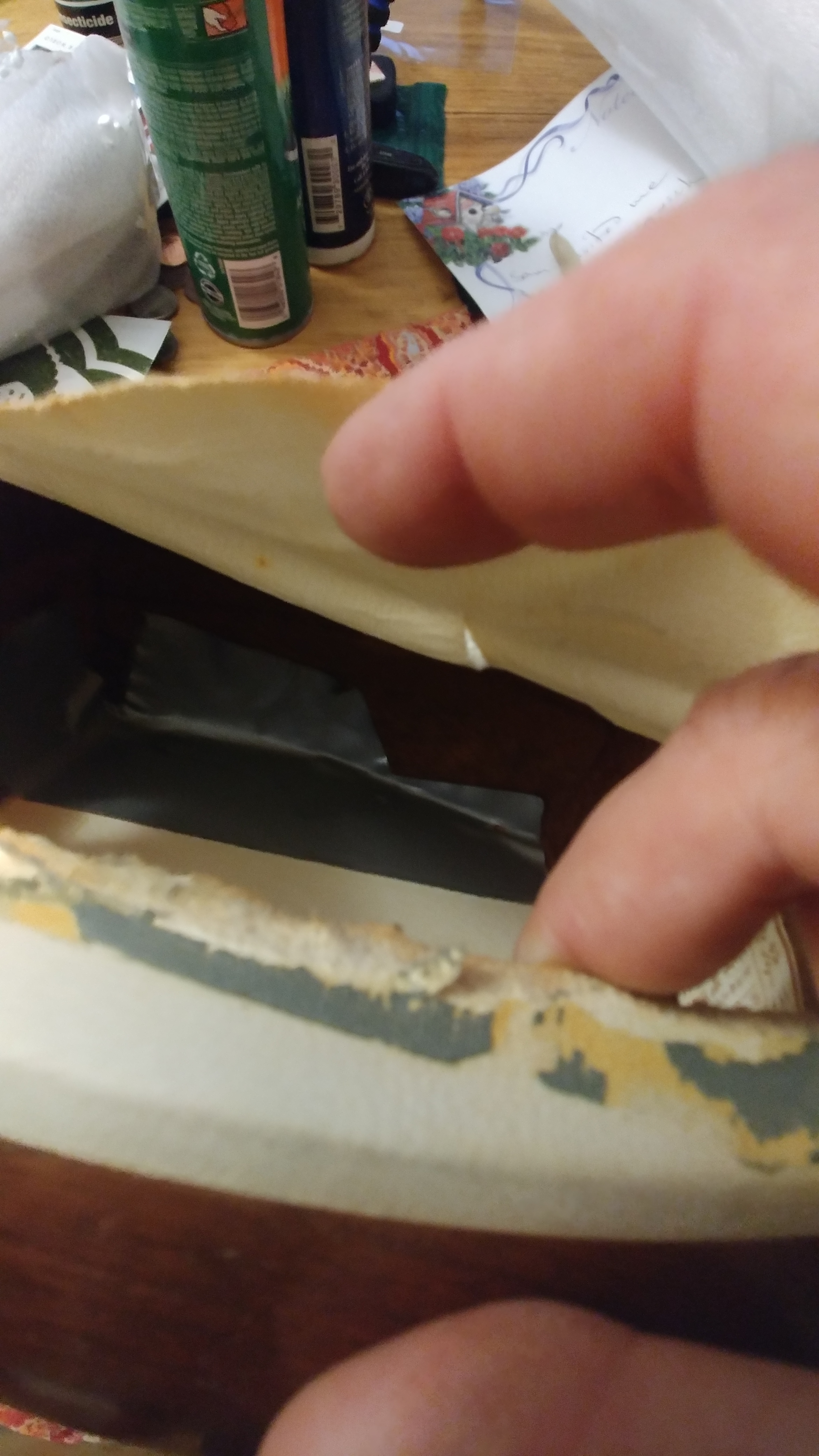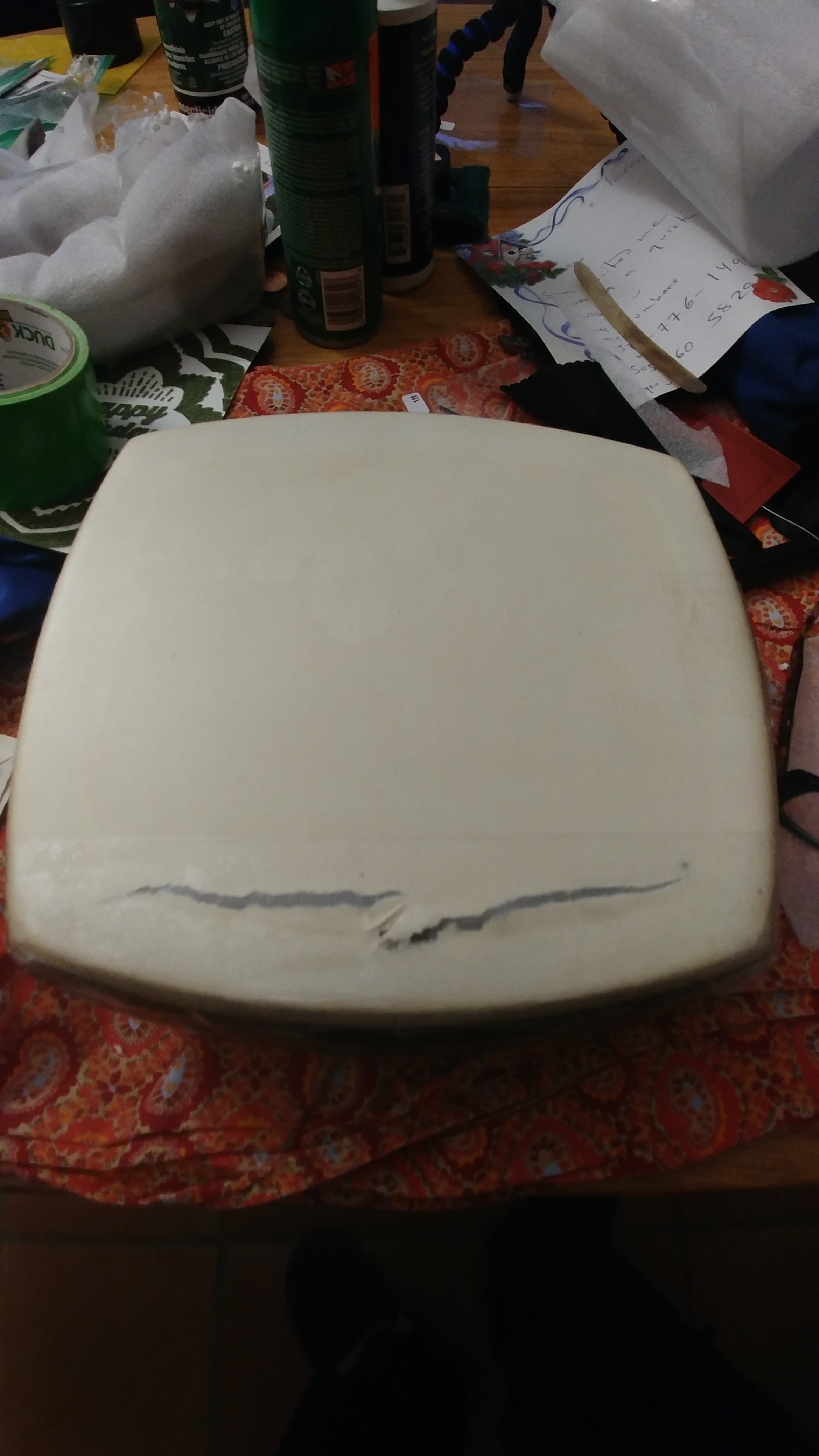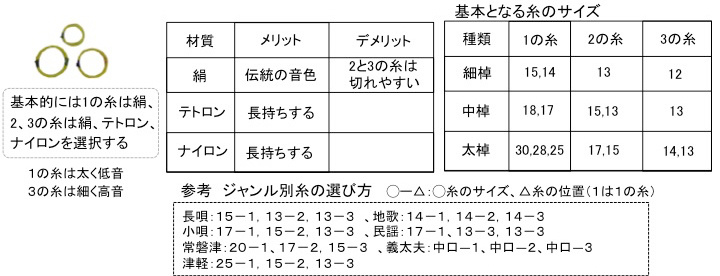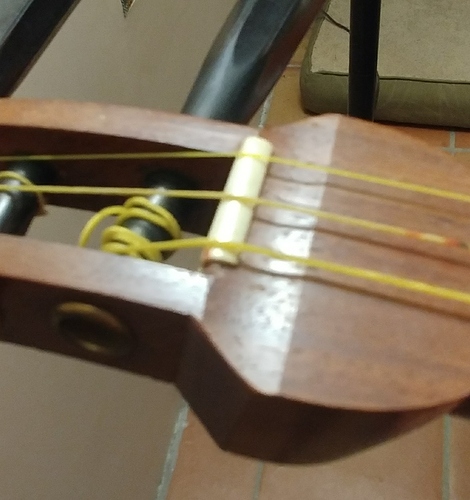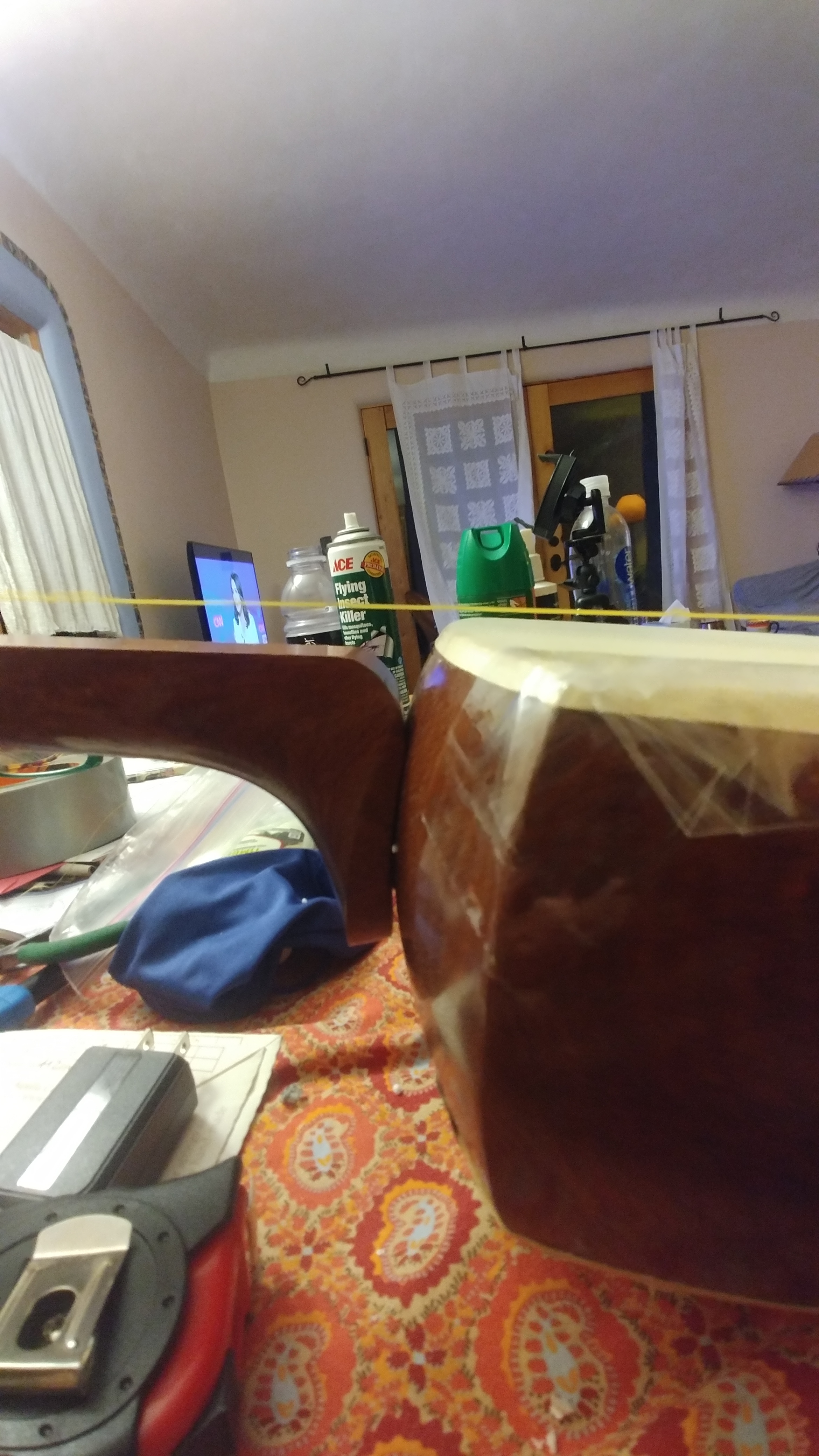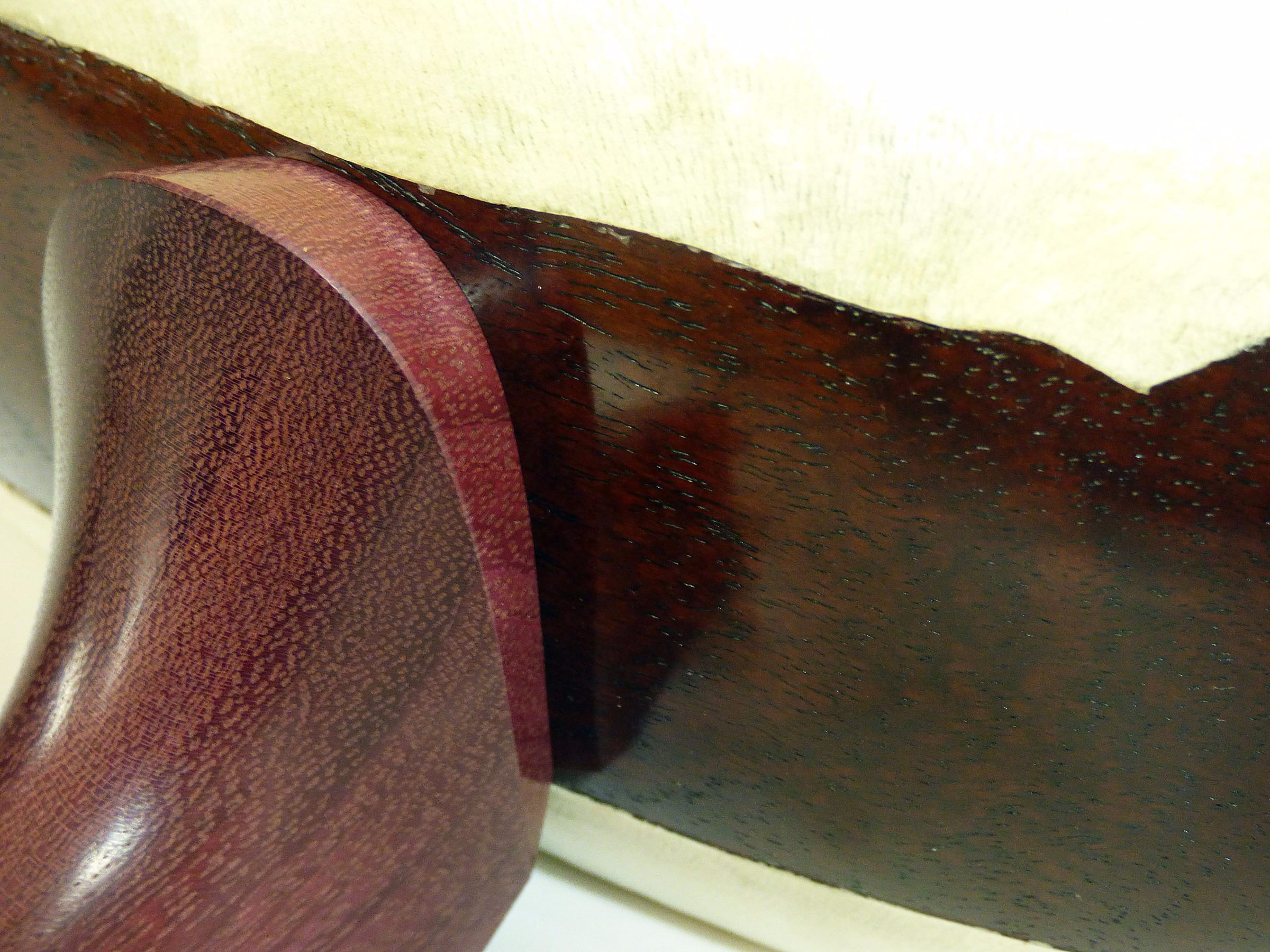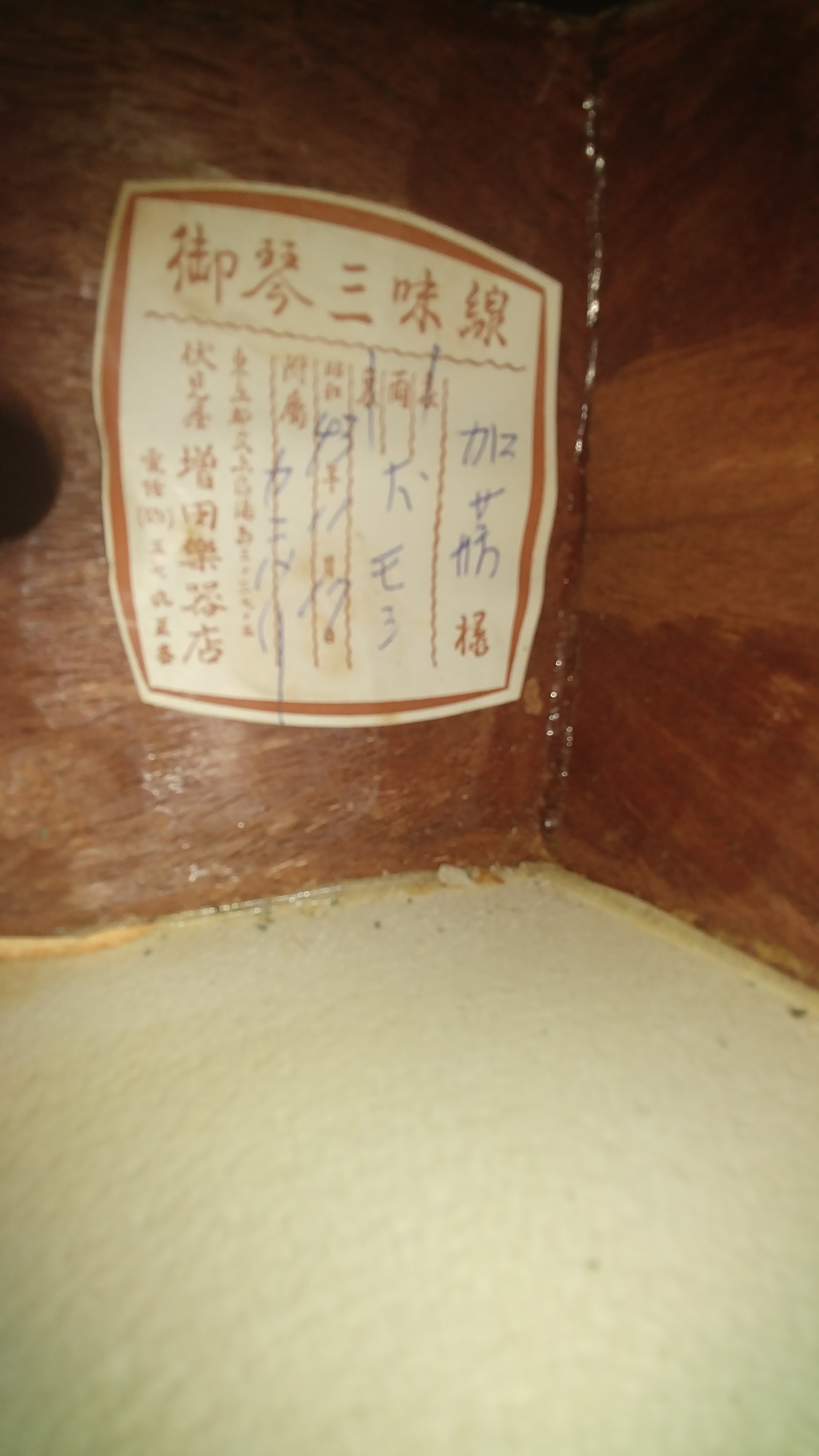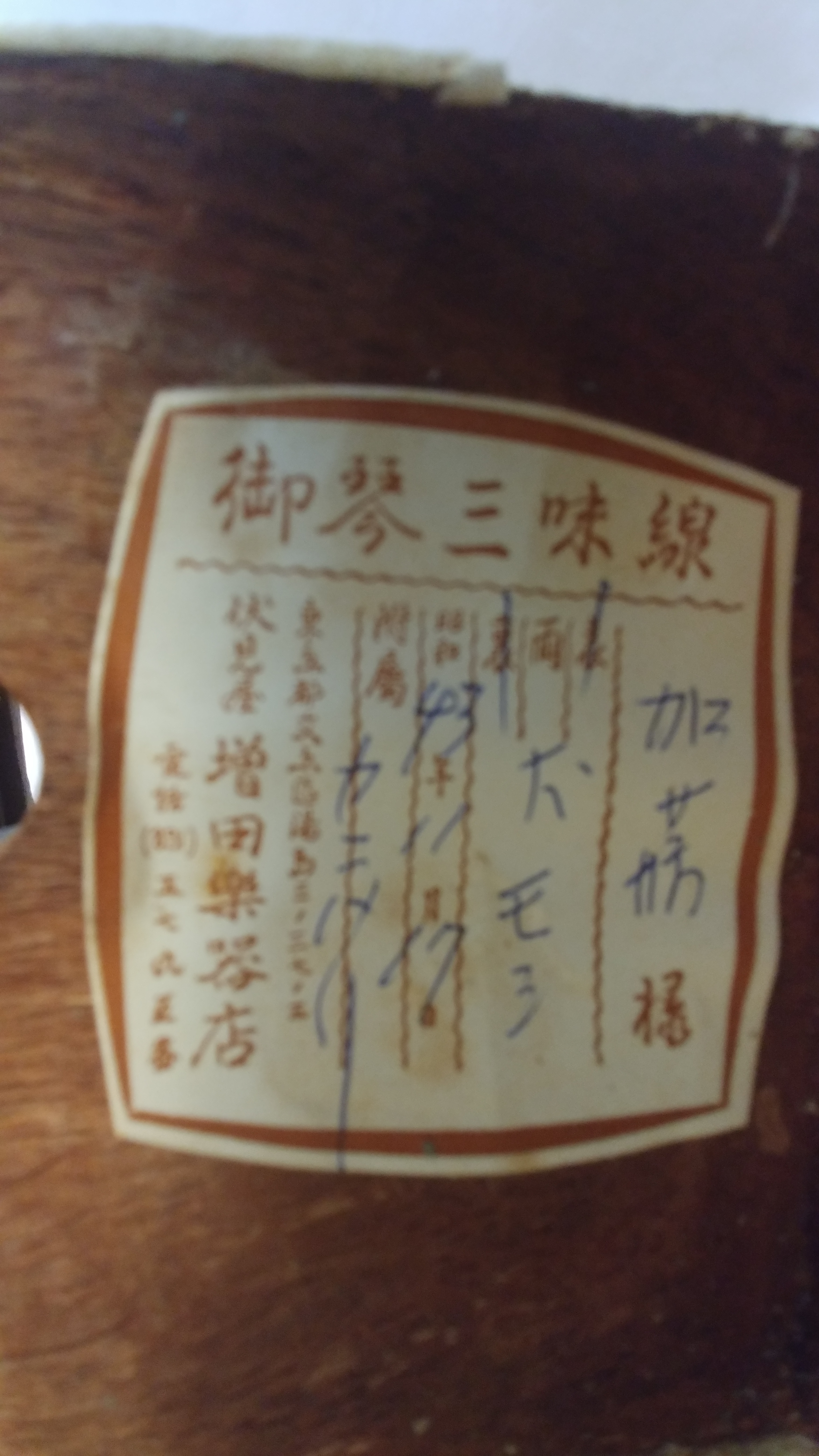Hi folks! Thankss Kyle and everyone here for providing such a great resource! I’ve learned much by perusing these pages…
I’ve been a professional fretted and fretless guitarist /oudist in free jazz and improv for over 40 years and did some time with sarod as well. I also briefly studied Japanese music back in the 80s but I don’t remember much of any of it LOL.
Got a call for a gig to come up with some Japanese background vibe ambience and so I found a banger samisen on eBay to start with.
Not sure what size or style build this is…according to the listing, “Overall length is 38 1/2” (98 cm) with a box 7 1/4" x 8" x 4" (18.3 x 20 x 10 cm) and a neck width of 1" at the top (2.5 cm). " Listing also says it comes with extra strings but I’d be curious to know what strings to get in the future for it and I’m also going to need to be set up with a koma and a bachi.
Can anyone shed some light on what I have here? Thanks!!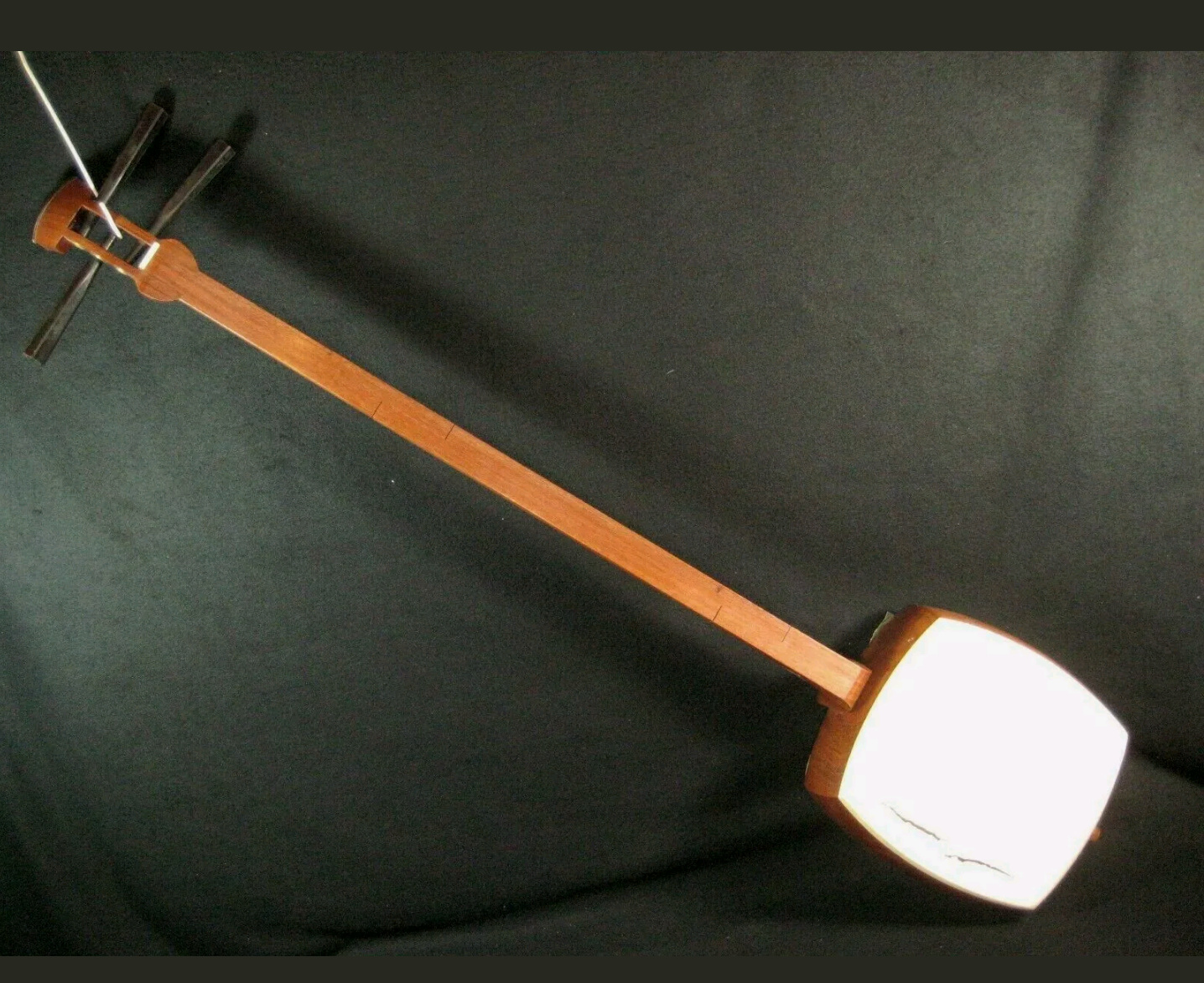 !
!



